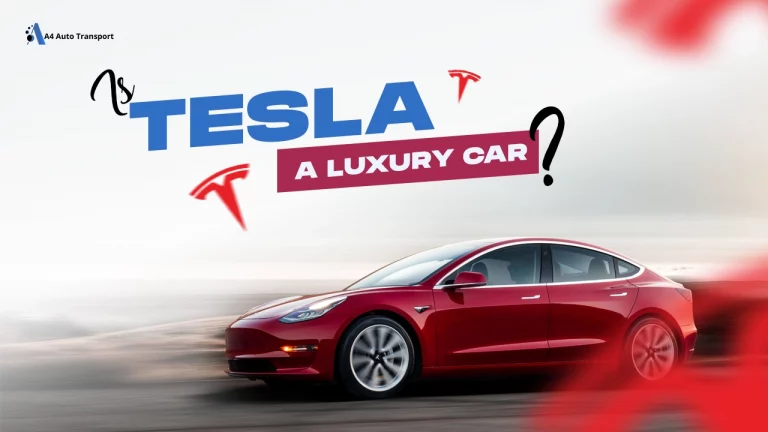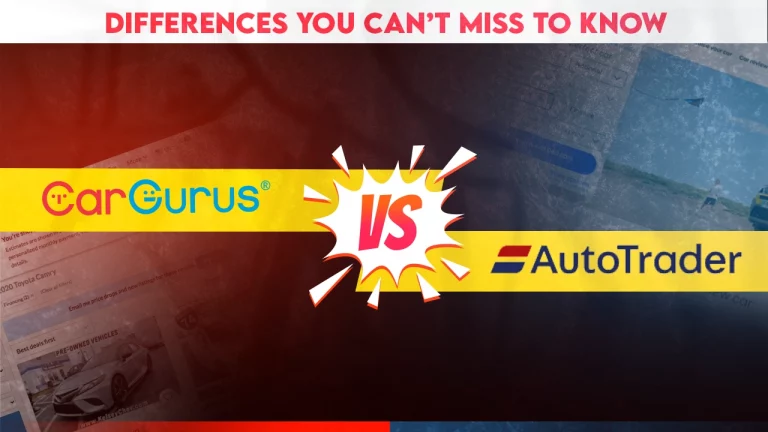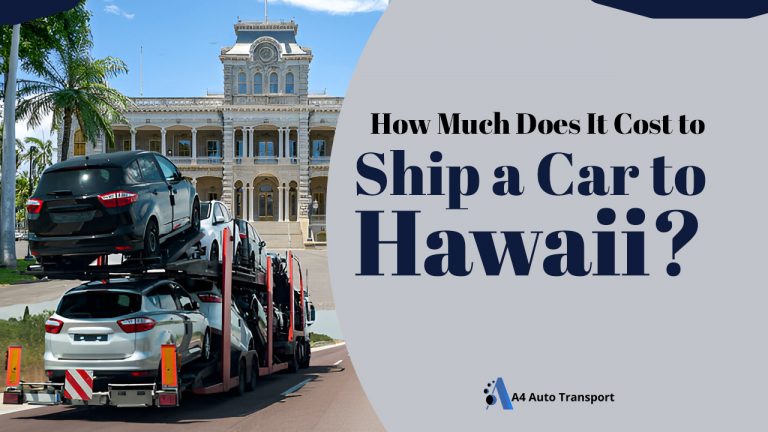KBB vs Edmunds: Which Car Valuation Site Should You Trust in 2025?

When it comes to buying, selling, or trading in a car, knowing its true value can make or break your deal. That’s where online pricing tools like KBB vs Edmunds come in. These two platforms are among the most trusted names in automotive valuation, but which one gives you the more accurate, reliable, and user-friendly experience in 2025? Find out in this detailed comparison guide.
KBB vs Edmunds: Quick Overview
| Feature | KBB (Kelley Blue Book) | Edmunds |
|---|---|---|
| Launched | 1926 | 1966 |
| Main Focus | Vehicle valuation | Valuation + expert reviews |
| Trade-in Estimates | Yes | Yes |
| Private Party Values | Yes | Yes |
| Car Reviews & Ratings | Limited | Extensive |
| Pricing Tools | Fair Market Range, Trade-in Tool | True Market Value (TMV), Appraisal |
| Mobile App | Yes | Yes |
| User Interface | Simple and intuitive | Feature-rich, more data-driven |
Which Is the Best Option?
KBB and Edmunds are both highly trusted platforms with strong reputations, backed by solid ratings and user reviews. However, neither is perfect, each has its own strengths depending on whether you’re buying or selling a car.
Trust KBB
If you’re planning to sell your vehicle, Kelley Blue Book (KBB) is often favored for its slightly higher value estimates, which can give you more leverage during negotiations.Trust Edmunds
If you’re buying a car, Edmunds tends to be more reliable since its pricing is grounded in real-world transaction data, giving you a clearer sense of what others are actually paying.For buyers wanting to explore other purchase options, consider exploring Used Car Websites to compare prices, vehicle availability, and dealer ratings across multiple platforms.
KBB vs Edmunds: Ratings on Different Platforms
| Platform | KBB Rating | Edmunds Rating |
|---|---|---|
| Trustpilot | 1.3 stars | 2.8 stars |
| Google Play | 3.5 stars | 4.3 stars |
| App Store | 1.7 stars | 4.8 stars |
KBB vs Edmunds: Car Value Calculation Method
Not all car pricing tools work the same way, and while both Edmunds and Kelley Blue Book (KBB) provide vehicle value estimates, their methods differ significantly—resulting in price variations you may notice.
Kelley Blue Book (KBB) Pricing Method
- Uses data from dealer transactions, wholesale auctions, and private sales.
- Provides multiple pricing tiers:
- Private Party Value: Price an individual buyer might pay.
- Retail Value: Price a dealership might list the car for.
- Trade-In Value: Price a dealer might offer for a trade-in.
- Generally offers optimistic values, especially for trade-ins and private sales.
- Values may sometimes overestimate what the market will actually pay.
Edmunds Pricing Method
- Based on the True Market Value (TMV) pricing system.
- Uses real-world sales data from dealers and private buyers in your local area.
- Factors in market demand, dealer incentives, supply levels, and regional trends.
- Typically provides more conservative, market-reflective pricing.
- More closely aligns with what buyers realistically pay in today’s market.
Why This Matters:
Your car’s value might appear higher on KBB, but actual sale prices often align more closely with Edmunds estimates. Knowing how each tool calculates values can help you set realistic expectations and negotiate smarter deals whether buying or selling.
KBB vs Edmunds: How Accurate Are Their Vehicle Values?
Kelley Blue Book (KBB)
KBB provides vehicle values based on a wide range of data including dealer sales, auctions, and private transactions. While KBB’s estimates are widely accepted in the industry, especially for trade-ins and financing, its values tend to be slightly optimistic. This means the “book value” you see on KBB might be a bit higher than what you’ll actually get, particularly in private party sales or trade-in offers.
Edmunds
Edmunds uses its True Market Value (TMV) pricing system, which relies heavily on real-world sales data from dealerships and buyers in your local area. TMV reflects current market conditions, incentives, and demand, making Edmunds’ values generally more conservative but also more realistic.
Edmunds vs KBB: Why Your Car’s Real Value May Differ
While Edmunds and KBB offer trusted car values, your vehicle’s actual price can vary due to several factors:
Your car’s actual value can differ from the estimates provided by Edmunds and KBB due to factors like where you’re selling, local demand, and current market conditions. Regional preferences and economic shifts such as gas prices or new model releases play a big role in how much buyers are willing to pay.
Additionally, your car’s condition, mileage, and special features impact its worth. Seasonal trends also affect pricing with some vehicles selling better at certain times of the year. Understanding these variables helps you set realistic expectations and negotiate a better deal beyond just the listed book values.
KBB vs Edmunds: Trade-In Value
KBB
- Provides trade-in values based on dealer and auction data, often showing slightly higher estimates to give sellers a favorable starting point for negotiations.
Edmunds
- Offers trade-in values grounded in actual local sales and dealer offers, usually providing more conservative and realistic estimates for what you can expect at trade-in.
User Experience: Which Platform Is Easier to Use?
KBB
- has a simpler, clean interface. It’s great for quick valuations but can feel limited if you want deeper insights.
Edmunds
- provides more data and tools, but that can be a bit overwhelming for first-time users.
Winner (Ease of Use): KBB, for simplicity. Edmunds, for detail-oriented users.
KBB vs Edmunds: Pros and Cons
KBB
Pros
- Trusted by banks and dealers
- Quick and easy value lookup
- Offers multiple value categories (trade-in, private party, retail)
- User-friendly and widely recognized
Cons
- May undervalue trade-ins
- Less market-based pricing
- Can be overly optimistic on private sale values
- Limited regional pricing accuracy
Edmunds
Pros
- Real-time market data reflecting actual sales
- Great for detailed research and comparisons
- Includes dealer incentives and market trends
- Provides True Market Value (TMV) estimates
Cons
- More complex interface
- Less used by lenders and banks
- Pricing updates may lag in some regions
- Can be overwhelming for casual users
Conclusion
Choosing between Kelley Blue Book vs Edmunds depends on your specific needs. KBB is widely trusted by dealers and offers simple, quick estimates with optimistic trade-in values. Edmunds provides more conservative, market-based pricing grounded in real sales data, which benefits buyers seeking realistic prices. Understanding these differences will help you make informed decisions.
FAQs
Can I use both Kelley Blue Book and Edmunds to price my car?
Does Edmunds consider dealer incentives in its pricing?
Are Kelley Blue Book values always accurate?
Is one site easier to use than the other?
Which platform is better for trade-in values, KBB or Edmunds?
Do both Kelley Blue Book and Edmunds update their prices regularly?
a4AutoTransport is a group of auto transport researchers and experts that comes in handy for anyone who wants to move their car/vehicle without putting extra miles on the odometer. At a4AutoTransport, We researched over a hundred car shipping companies, interviewed real customers and industry leaders, and collected nearly 500 quotes to find the nation’s best auto transport companies. With our combined 5 years of industry experience and research, we’ll help you find the right car shipper for your budget.






